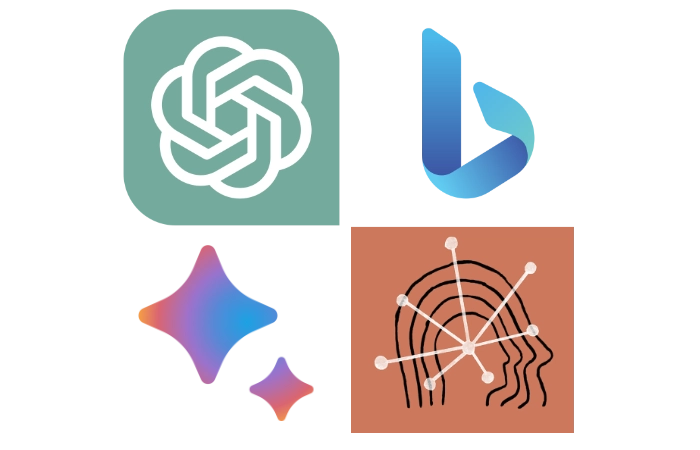In the world of artificial intelligence (AI), the race to develop the most advanced and user-friendly chatbot is heating up. Four major contenders have emerged in this arena: ChatGPT vs Bing vs Bard vs Claude 2.0. Each of these AI models brings unique features and capabilities to the table, making the choice of which one to use a matter of personal preference and specific needs. in this quick overview guide and comparison video created by The AI Breakdown.
Each of these AI models has its strengths and weaknesses. For instance, Claude 2.0 excels at summarizing documents but tends to hallucinate answers, making it unsuitable for data analysis. Google Bard, with its native internet setup and recent updates, is recommended for internet-required tasks. GPT-4, with its newly released code interpreter feature, is considered superior for harder reasoning tasks.
ChatGPT vs Bing vs Bard vs Claude
The choice between ChatGPT, Google Bard, Microsoft Bing, and Claude 2.0 depends on your specific needs and preferences. The best bet is to try out everything that is on offer and see which provides the best results on the prompts that you provide. Remember all large language models provide results relative to the prompts they are given so writing a specific text prompt that is tailored to your exact requirements is paramount.
Here are a few other articles you may find of interest on the subject of prompt writing and getting the best results from any large language model.
OpenAI ChatGPT
OpenAI’s ChatGPT, launched on November 30, 2022, is a large language model-based chatbot that stands out for its ability to steer and refine conversations according to user preferences. It allows users to dictate the length, format, style, level of detail, and language used in the conversation.
This is achieved through a process known as prompt engineering, where successive prompts and replies are considered at each conversation stage as a context. The latest versions, ChatGPT-3.5 and GPT-4, are fine-tuned for conversational applications using a combination of supervised and reinforcement learning techniques. Initially released as a research preview, ChatGPT has since transitioned to a freemium model due to its popularity.
Google Bard
Google Bard, on the other hand, is an experimental AI chat service powered by the Pathways Language Model 2 (PaLM 2). Although still under development, Bard has shown promise in generating text, translating languages, creating various types of creative content, and providing informative answers to user queries. Google Bard is still under development, but it is a powerful tool that has the potential to be very useful. If you are interested in trying it out, you can sign up for the waitlist on the Google Bard website.
Microsoft Bing
Microsoft Bing AI is a suite of AI technologies that power Microsoft’s search engine. It utilizes natural language processing, machine learning, computer vision, and speech recognition to enhance user experience and improve search results. Microsoft is committed to continuously updating and improving Bing AI to make it the best search engine possible.
Claude 2.0
Anthropic’s Claude 2.0 is a large language model chatbot that has gained attention for its impressive features. It can generate text, translate languages, create various types of creative content, and provide informative answers to user queries. Claude 2.0 is also designed to be more ethical and responsible than other LLMs, with features to prevent it from producing harmful outputs. It boasts an impressive 100k token context window, improved coding skills, and a commitment to ethical and responsible AI.
The landscape of AI chatbots is also seeing the rise of personal LLMs, such as Inflection’s Pi and Meta’s Llama model. These chatbots interact with data given by a specific person or company, offering advice, answers, and conversation. Pi even has a voice call feature, allowing users to chat with it while doing other tasks.
Whether it’s for personal use or business applications, these AI models offer a range of capabilities that can enhance user experience and productivity. As AI technology continues to evolve, the competition between these models is likely to intensify, leading to even more advanced and user-friendly chatbots in the future.
Source: YouTube
Filed Under: Guides, Top News
Latest Aboutworldnews Deals
Disclosure: Some of our articles include affiliate links. If you buy something through one of these links, Aboutworldnews may earn an affiliate commission. Learn about our Disclosure Policy.







